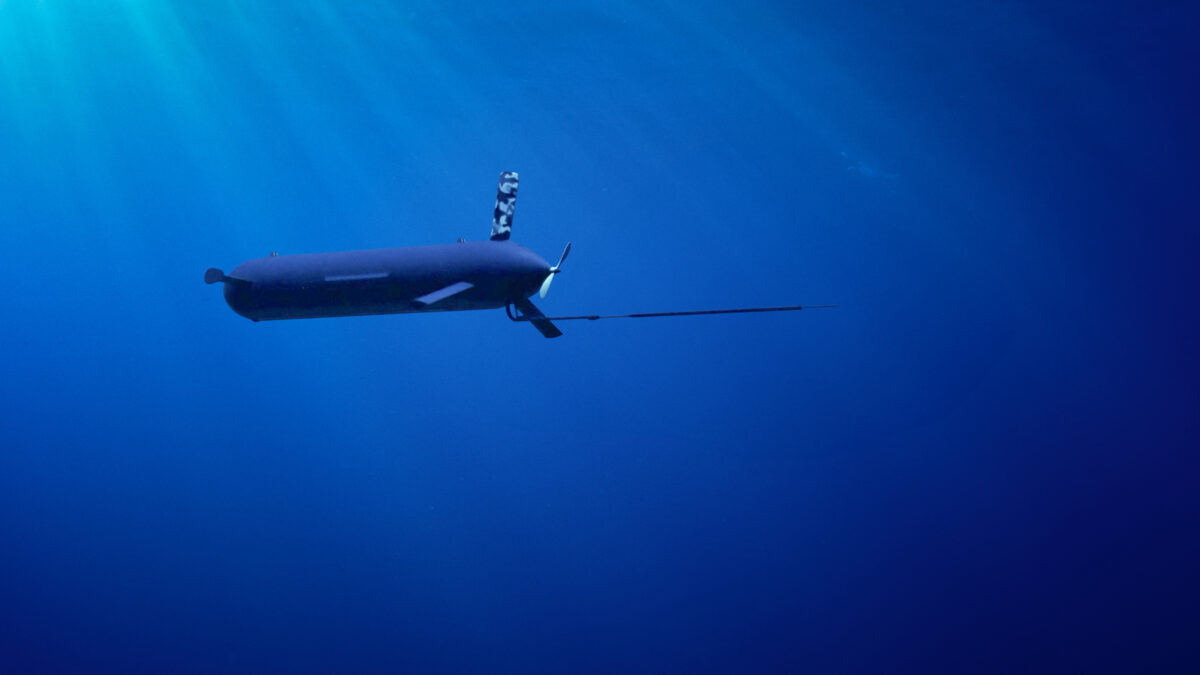The renewed vision for Canadian defence, articulated in Our North, Strong and Free 2024, identifies the assertion of Canadian sovereignty in the Arctic and Northern regions as the nation’s most urgent and important task. The paper raises concerns that changing physical and geopolitical landscapes have created “new threats and vulnerabilities to Canada and Canadians.”
Alarmingly, it forecasts that, due to the rapid melting of the polar ice cap, the Arctic Ocean could become the most efficient shipping route between East Asia and Europe by 2050. Moreover, it notes that Canada’s Northwest Passage and Arctic regions have already become more accessible, with competitors seeking transportation routes, natural resources, critical minerals, and collecting military intelligence. Even more troubling, in the event of war, enemy submarines could potentially launch ballistic and cruise missiles at North American targets with little warning.
With an area exceeding 1.4 million square kilometres, including numerous channels, straits, inlets, and other waterways—much of it either permanently covered by ice or frozen for large parts of the year—foreign submarines and undersea systems pose a tremendous challenge to the Royal Canadian Navy.
Ideally, a combined force of submarines, surface vessels, maritime search aircraft, surface-bottom sensors, and uncrewed systems would be used to detect, track, identify, and interdict these underwater intruders. However, Canada currently lacks the resources necessary for persistent subsurface surveillance and monitoring. The existing submarine fleet, consisting of four vessels capable of interdiction, has limited endurance for under-ice operations.
To address the vital subsurface component of Arctic defence, ELTA Systems Ltd, a subsidiary of Israel Aerospace Industries. (IAI ELTA), offers BlueWhale™, a large displacement uncrewed underwater vehicle (LDUUV). This system complements conventional surface vessels and submarine fleets by performing a significant share of their required workload at low cost, with minimal human resources, and without putting personnel at direct risk. IAI ELTA has teamed with Canada’s International Submarine Engineering (ISE), a world leader in subsea autonomous and remote vehicle design, to produce the system and provide in-country support.
BlueWhale™ is equipped with a powerful array of subsurface and surface sensors, as well as communications equipment, to deliver effective maritime surveillance while contributing to continental Joint All Domain Command and Control (JADC2).
The system’s highly effective anti-submarine warfare (ASW) capabilities are based on a cutting-edge, frigate-sized, subsurface towed array sonar (TAS), specially developed by IAI ELTA and ATLAS ELEKTRONIK, a leading German sonar specialist. Additional subsurface capabilities include acoustic intelligence (ACINT), bottom imaging using synthetic aperture sonar (SAS), and magnetic anomaly detection (MAD). Above surface it’s equipped with a high-performance electro-optical payload, radar, AIS, and SIGINT. Communications options include satellite (SATCOM), line-of-sight radio, and acoustic systems. A unique, patented mast protects the sensors and systems during submerged operations.
BlueWhale™ features an intelligent onboard control system that autonomously manages sensors, communications, power resources, and mission implementation.
A high-efficiency battery bank enables BlueWhale™ to sustain continuous operations for two to three weeks, depending on the mission profile. Additional batteries can augment this for dedicated ASW missions. Moreover, remote in-water charging can be implemented to extend operational time even further.
Currently, there is no solution listed in the Defence Capability Blueprint (DCP) that addresses the need for persistent underwater surveillance. As successfully demonstrated at the REPMUS exercise, conducted by the Portuguese Navy for NATO, BlueWhale™ is ready to fill this gap in a flexible and cost-efficient manner. Containerized for rapid deployment, it can be quickly transported and launched from a forward staging area with pier access or from the deck of a support vessel equipped with a suitable crane. This would provide the Royal Canadian Navy with an efficient and effective means of quickly establishing a strong presence. Moreover, a permanent force could be stationed at key choke points, such as the Davis Strait/Baffin Island, to form an acoustic barrier capable of detecting, classifying, tracking, and reporting submarine activity, and cueing appropriate ASW assets.
For further information, please contact market@elta.co.il

